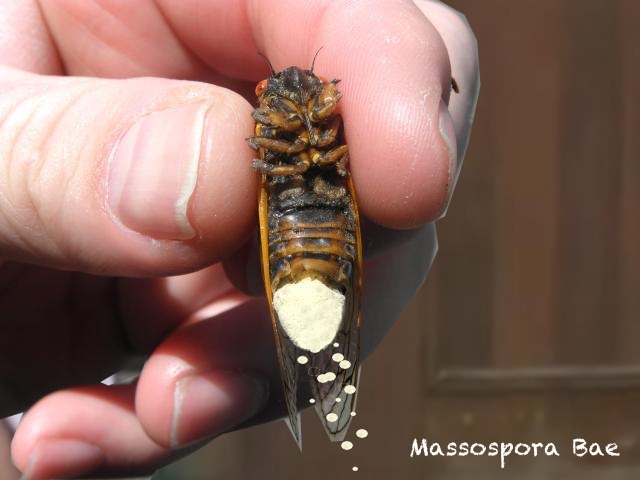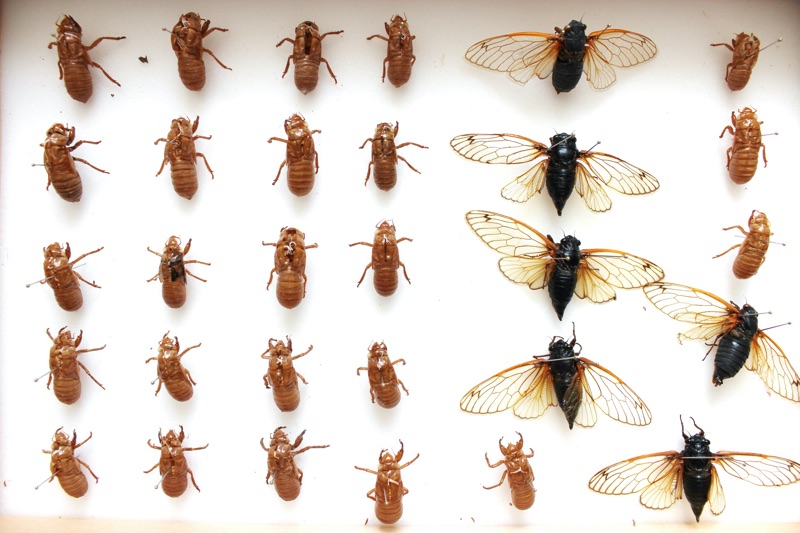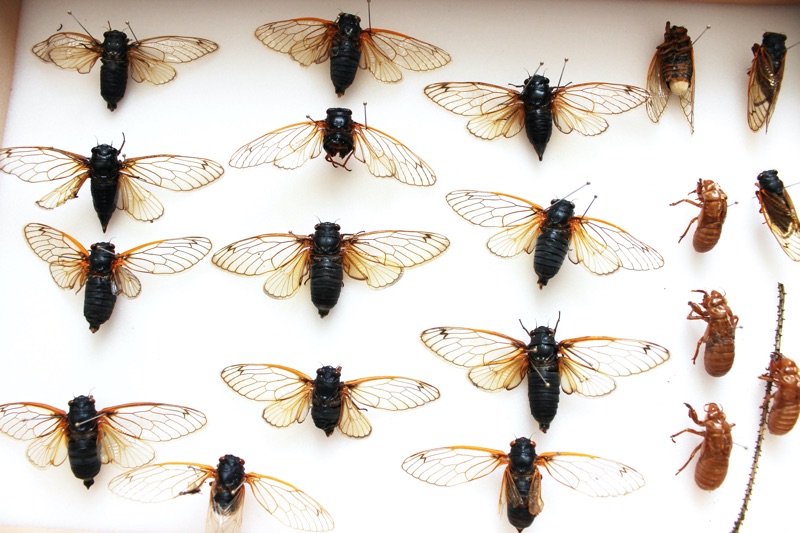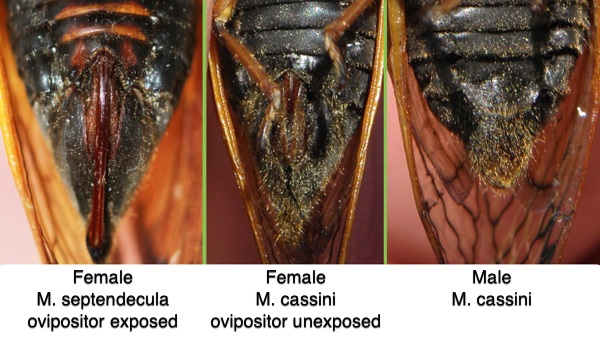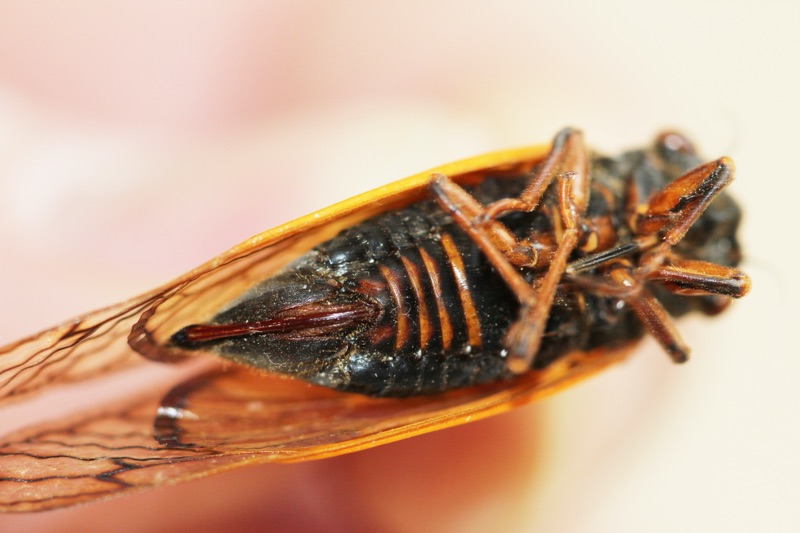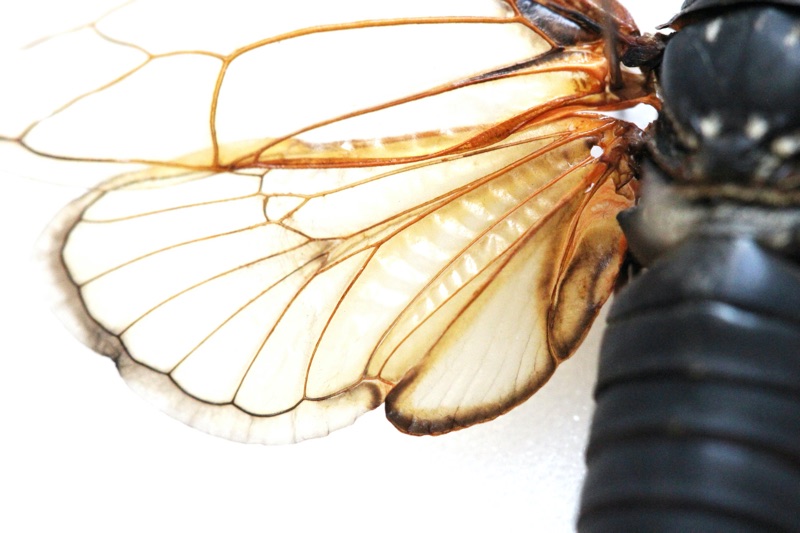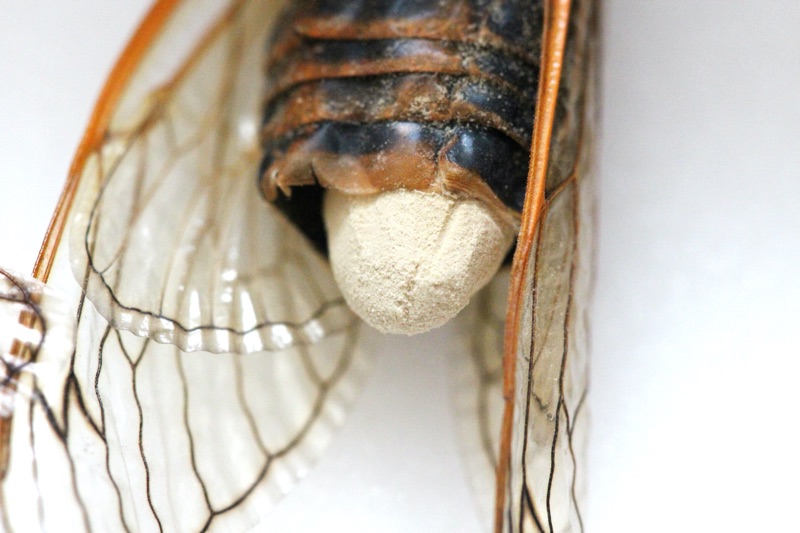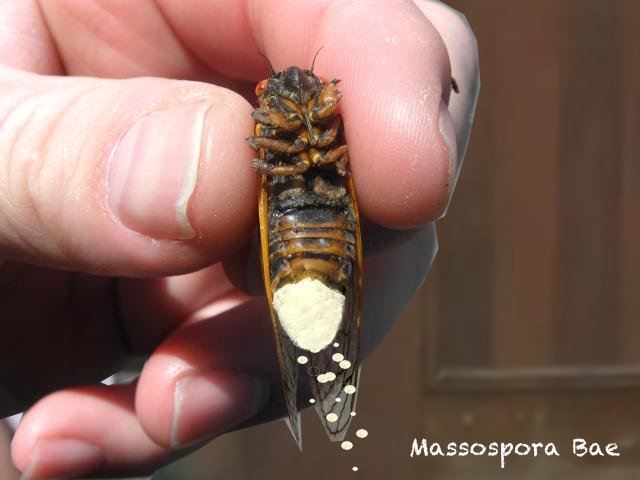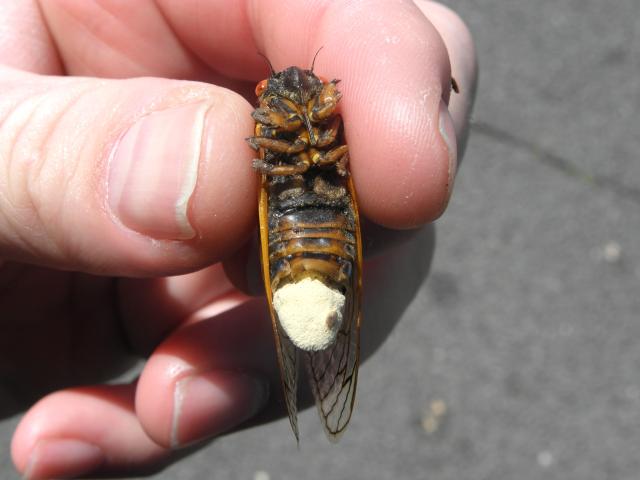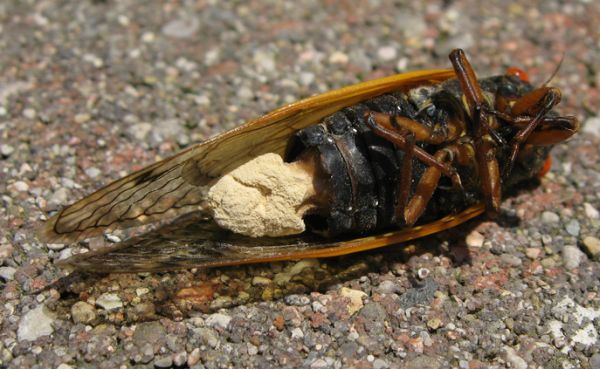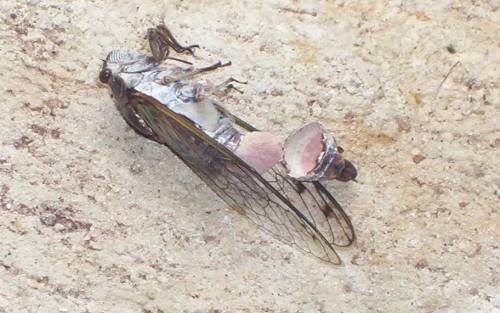Many cicada species suffer from fungal pathogens belonging to the genus Massospora. These fungi destroy the reproductive organs of males and cause them to behave like female cicadas — in the case of Magicicada cicadas, they flick their wings instead of singing — and they attempt to mate with other males, thus spreading the fungus.
A new paper has been published titled Discovery of psychoactive plant & mushroom alkaloids in ancient fungal cicada pathogens. Authors: Greg Boyce, Emile Gluck-Thaler, Jason C. Slot, Jason E. Stajich, William J. Davis, Tim Y. James, John R. Cooley, Daniel G. Panaccione, Jorgen Eilenberg, Henrik H. De Fine Licht, Angie M. Macias, Matthew C. Berger, Kristen L. Wickert, Cameron M. Stauder, Ellie J. Spahr, Matthew D. Maust, Amy M. Metheny, Chris Simon, Gene Kritsky, Kathie T. Hodge, Richard A. Humber, Terry Gullion, Dylan P. G. Short, Teiya Kijimoto, Dan Mozgai, Nidia Arguedas, Matthew T. Kasson. You can access it on biorxiv.
This new paper makes discoveries about the fungi.
Abstract:
Entomopathogenic fungi routinely kill their hosts before releasing infectious conidia, but select species keep their hosts alive while sporulating to enhance spore dispersal. Recent expression and metabolomics studies involving host-killing entomopathogens have helped unravel infection processes and host responses, yet the mechanisms underlying active host transmission in insects with Entomophthoralean fungal infections are completely unexplored. Here we report the discovery, through global and targeted metabolomics supported by metagenomics and proteomics, of the plant amphetamine, cathinone, in Massospora cicadina-infected periodical cicadas, and the mushroom tryptamine, psilocybin, in M. platypediae- and M. levispora-infected annual cicadas. The neurogenic activities of these alkaloids provide a hypothetical framework for a chemically induced extended phenotype of Massospora that alters cicada behavior by increasing endurance and suppressing feeding prior to death.
